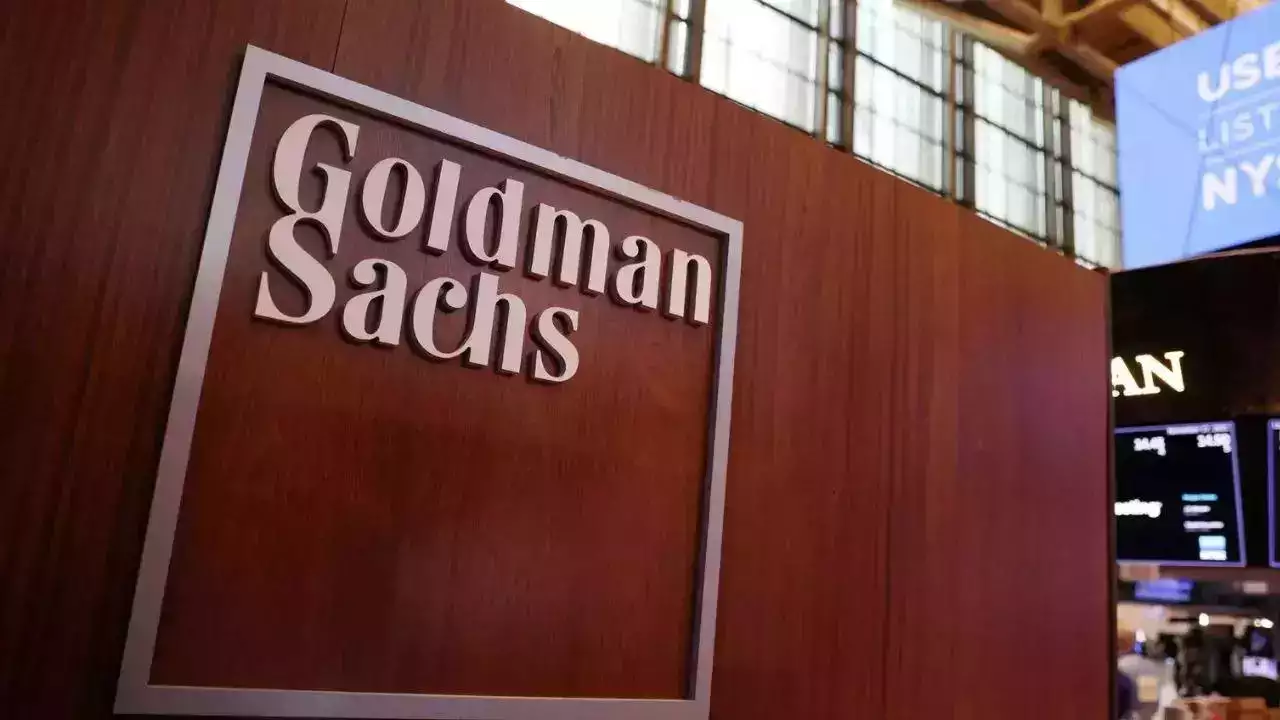
The research division of the bank raised its 2030 crude oil demand forecast to 108.5 million barrels per day (bpd) from 106 million bpd, and expects demand to peak at 110 million bpd in 2034, followed by a long plateau till 2040, analysts led by Nikhil Bhandari said in a report.
A longer period of oil demand growth could boost incomes of producers like the members of Organization of the Petroleum Exporting Countries and allies, known as OPEC+, and also increase climate-warming emissions from fossil fuels.
"We expect peak oil demand to occur by 2034 at 110 million bpd; subsequently, we project a moderate compounded annual growth rate (CAGR) demand decline of 0.3% till 2040," Goldman said, as EV sales stagnated recently.
Emerging markets in Asia will likely fuel the majority of global oil demand growth up until 2040, with China and India being the key contributors, it said.
Meanwhile, the duration of the global refining upcycle could be longer than investors currently anticipate, as global refining utilization could remain well above historical average levels over 2024-2027.
"We are more constructive on middle distillates (diesel/jet fuel) over gasoline, as the incremental supply growth for middle distillates lags behind demand growth more significantly over 2024-27, partly due to the later demand peak we expect for middle distillates (mid-2030s) than gasoline (2028)," it said.
EV sales have cooled in recent months after rising dramatically for several years, as consumers wait for more affordable models to hit the market.
Earlier this month, the International Energy Agency, which expects global oil demand to peak before 2030, trimmed its forecast for this year by 140,000 barrels per day (bpd) to 1.1 million bpd, widening the gap with producer group OPEC.
Disclaimer: The copyright of this article belongs to the original author. Reposting this article is solely for the purpose of information dissemination and does not constitute any investment advice. If there is any infringement, please contact us immediately. We will make corrections or deletions as necessary. Thank you.





